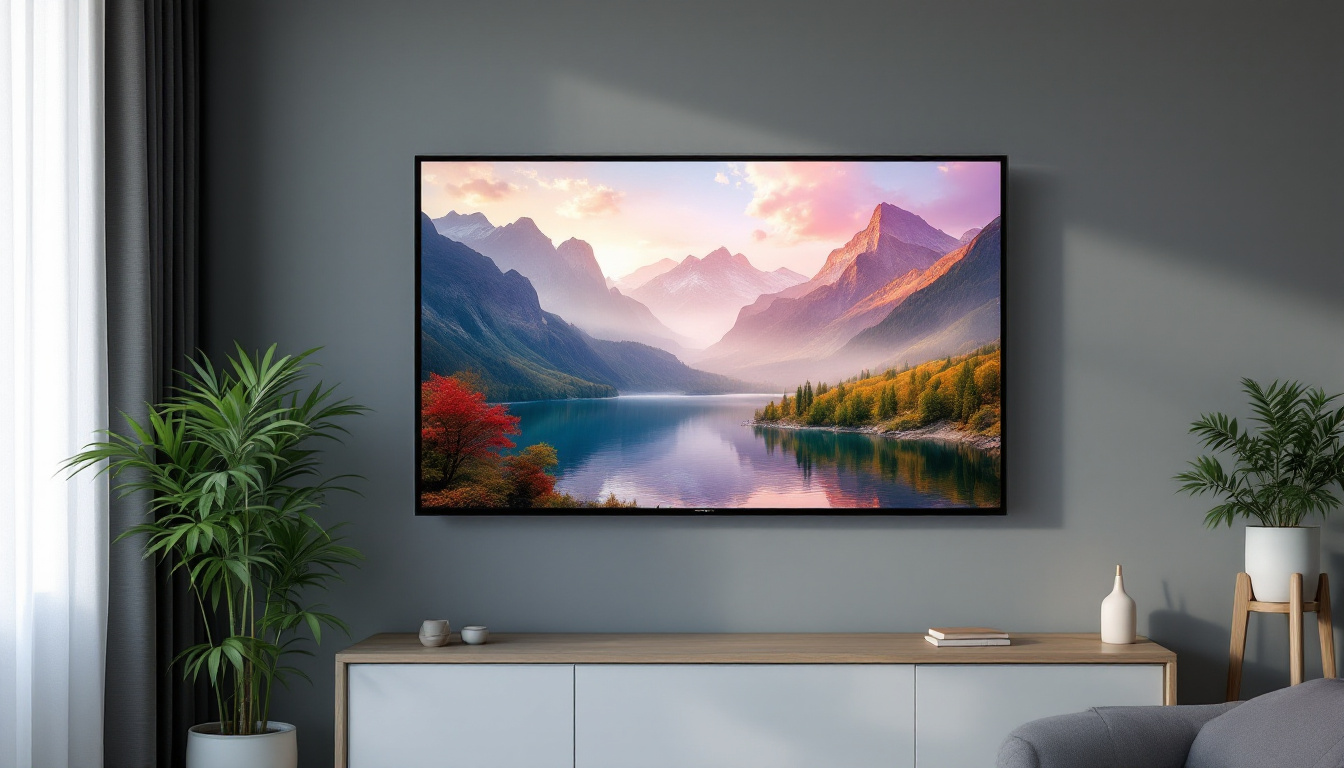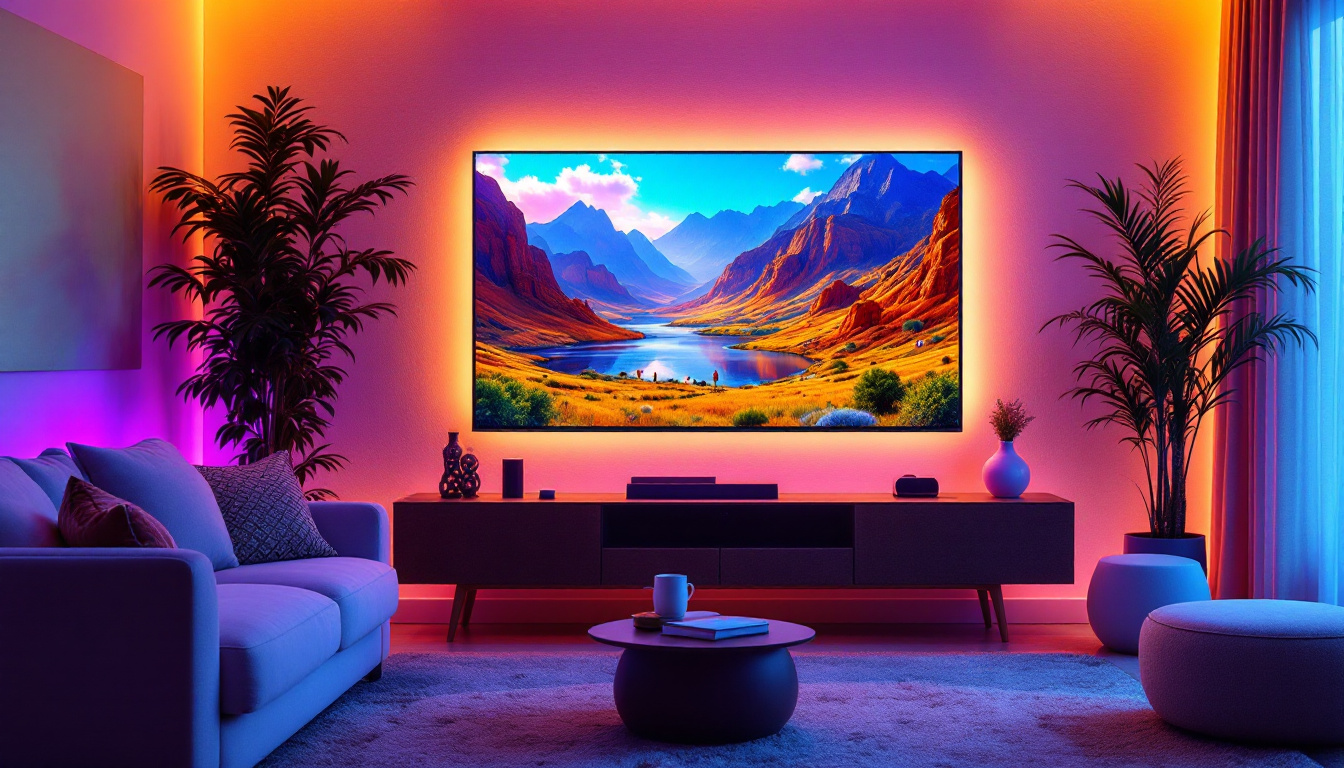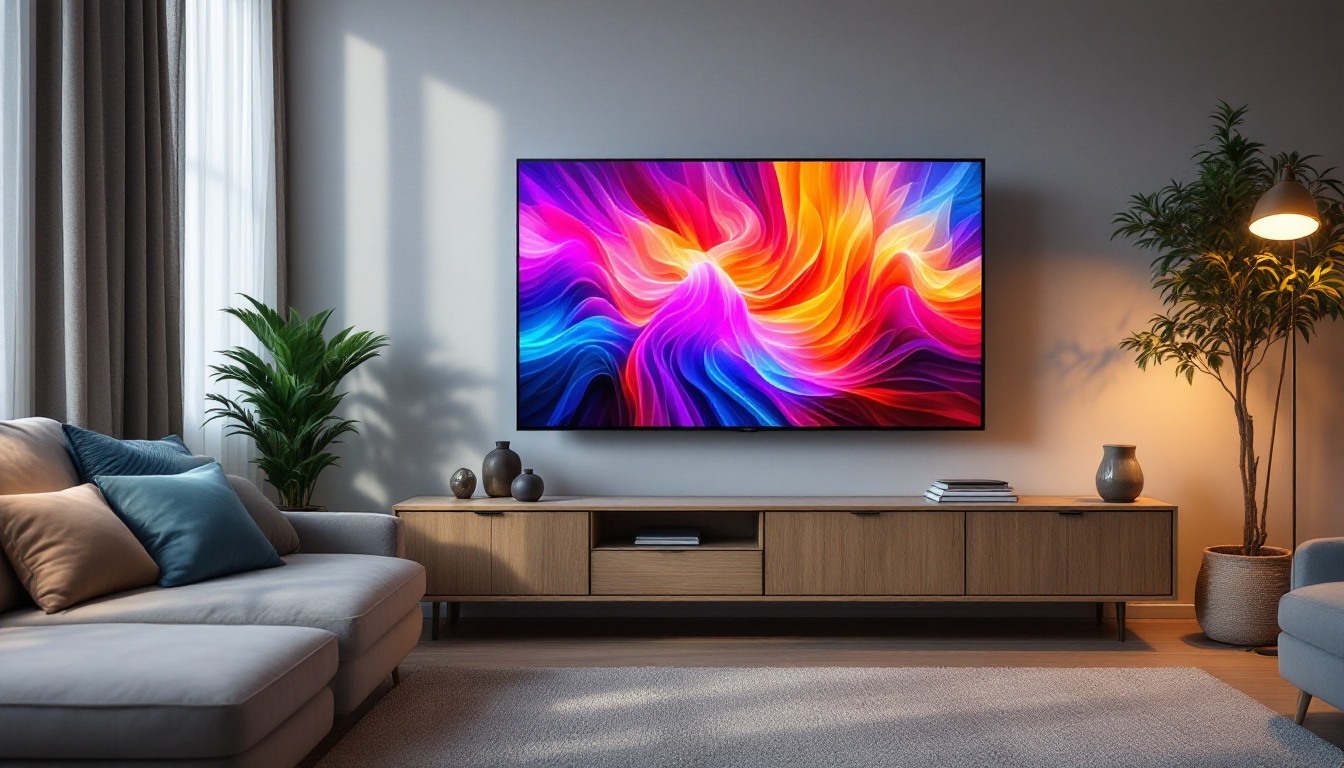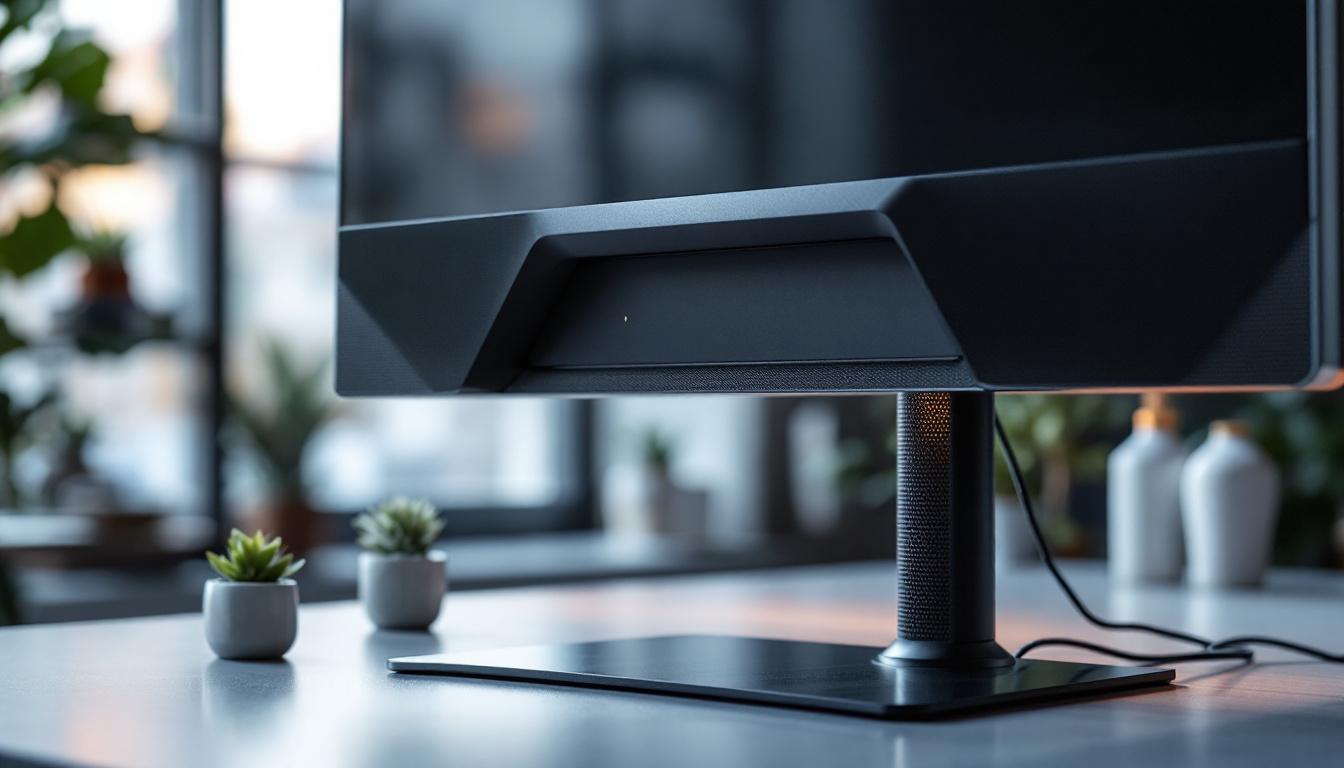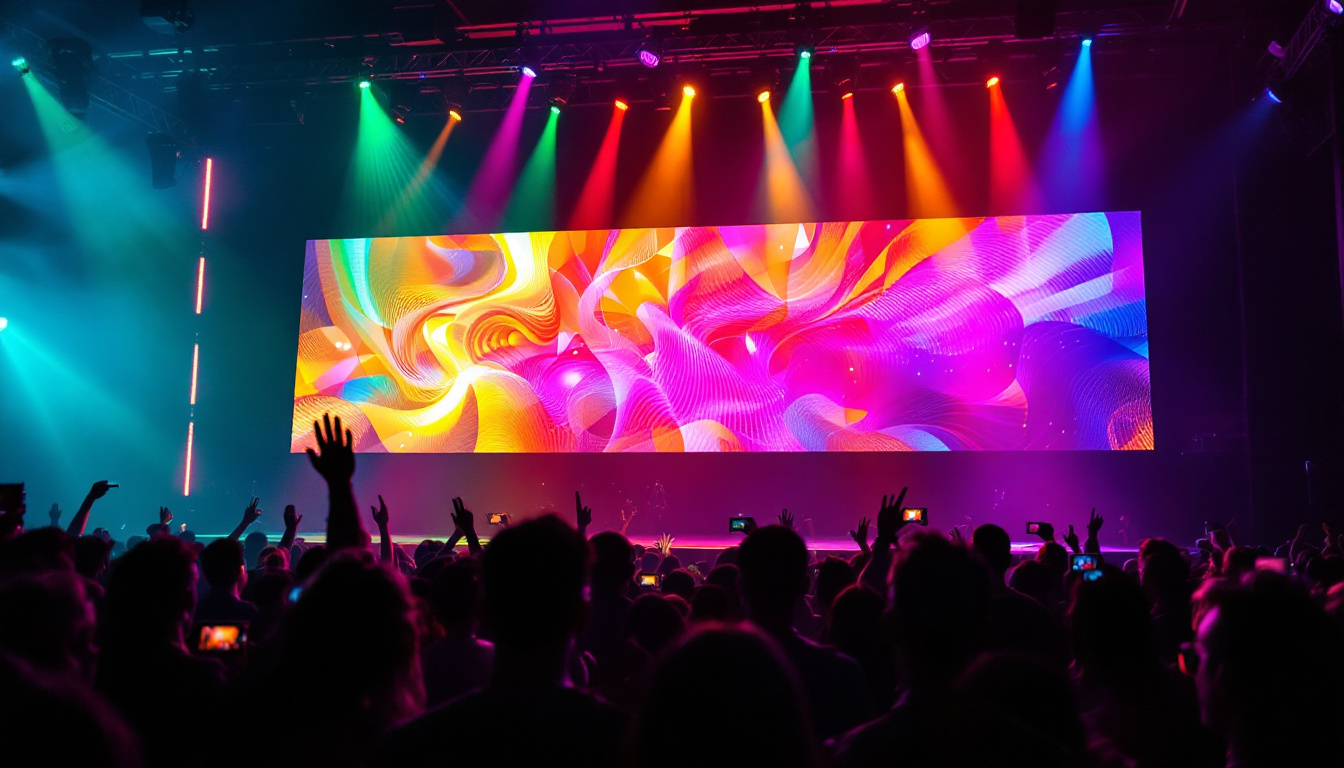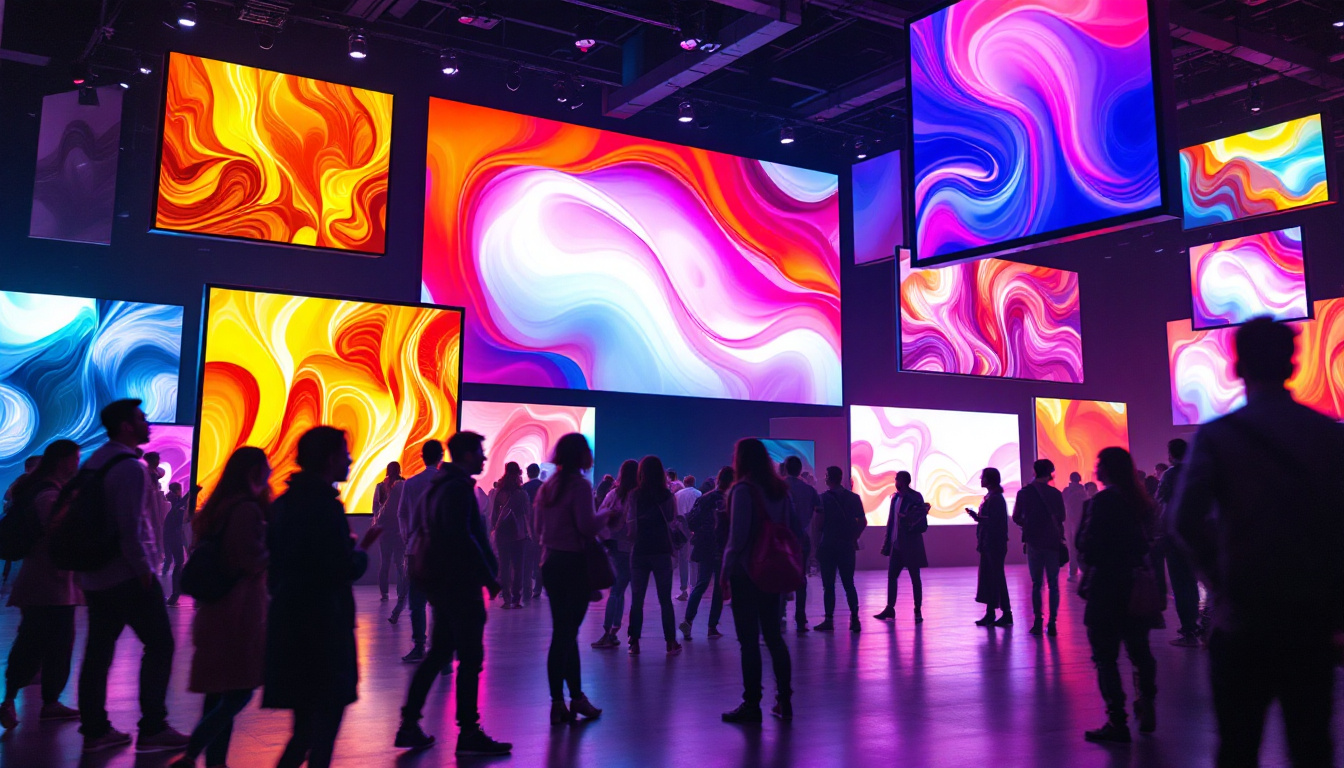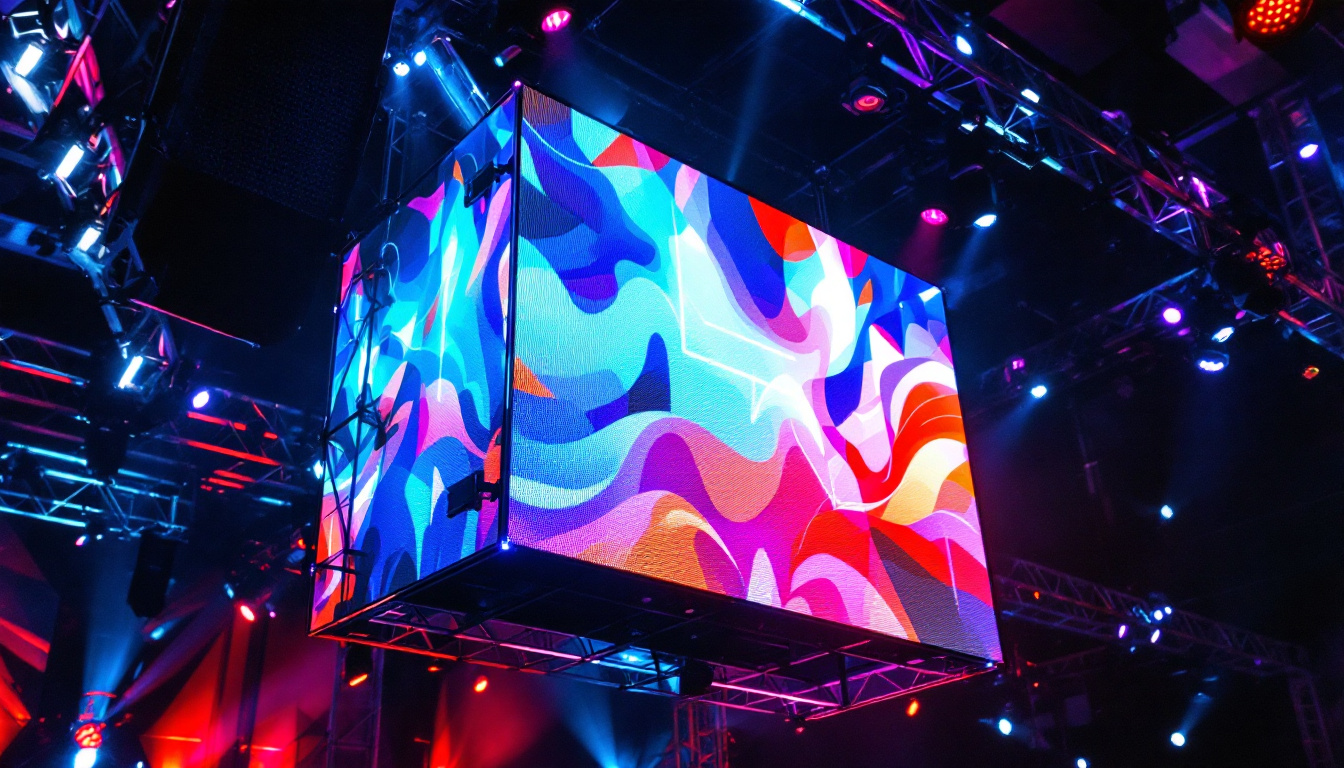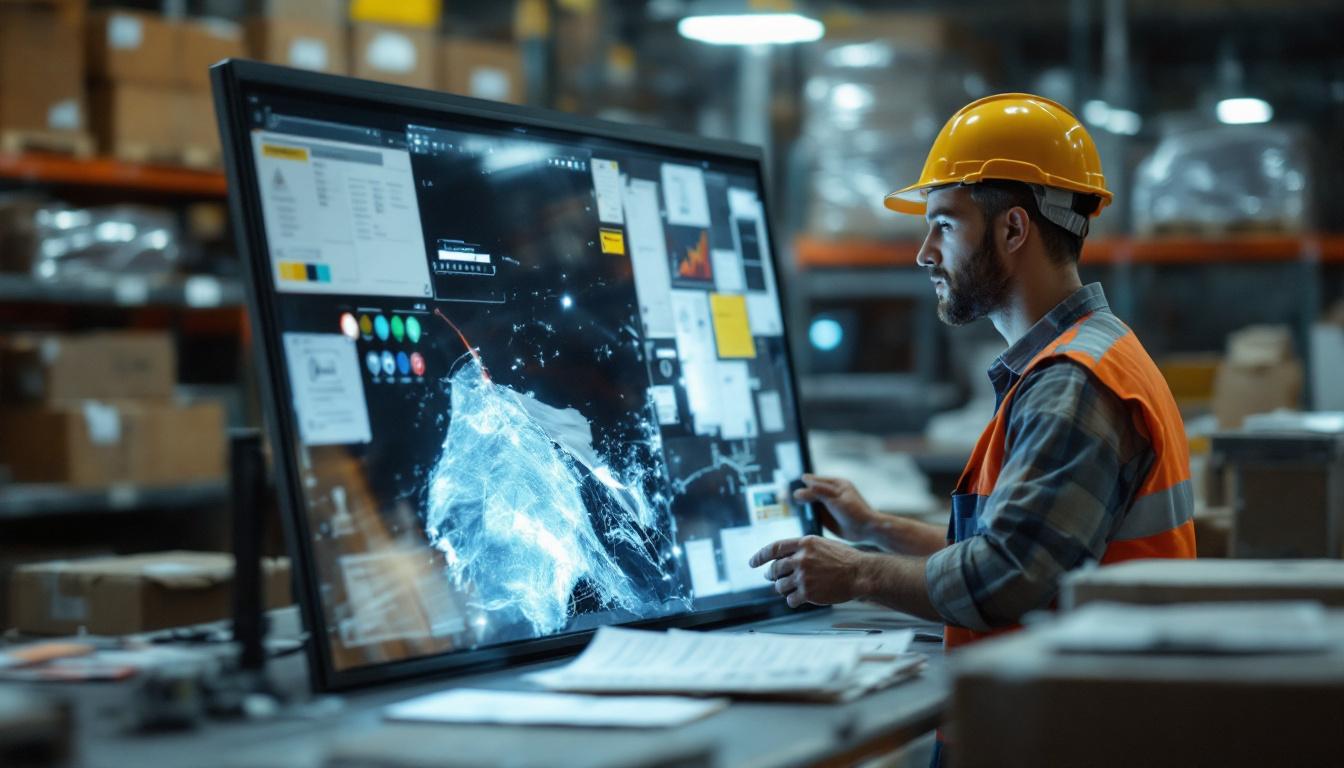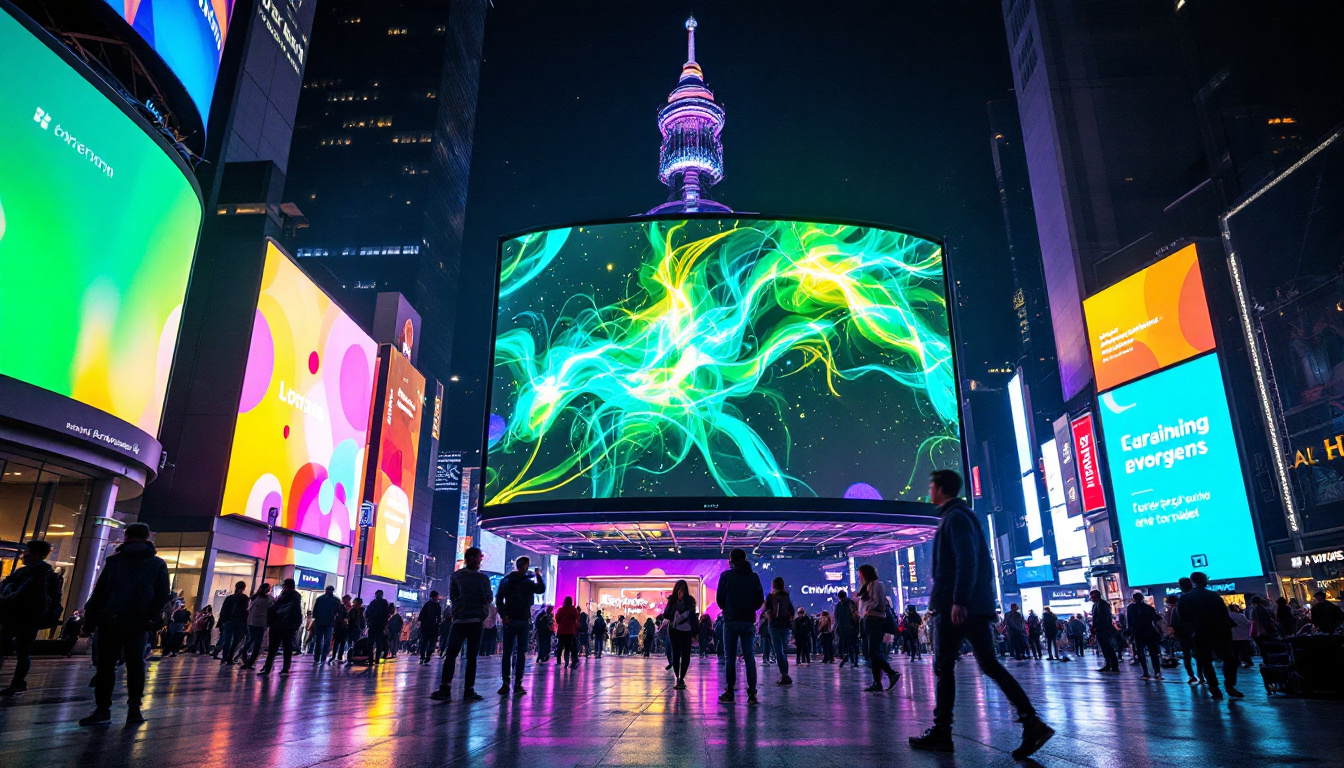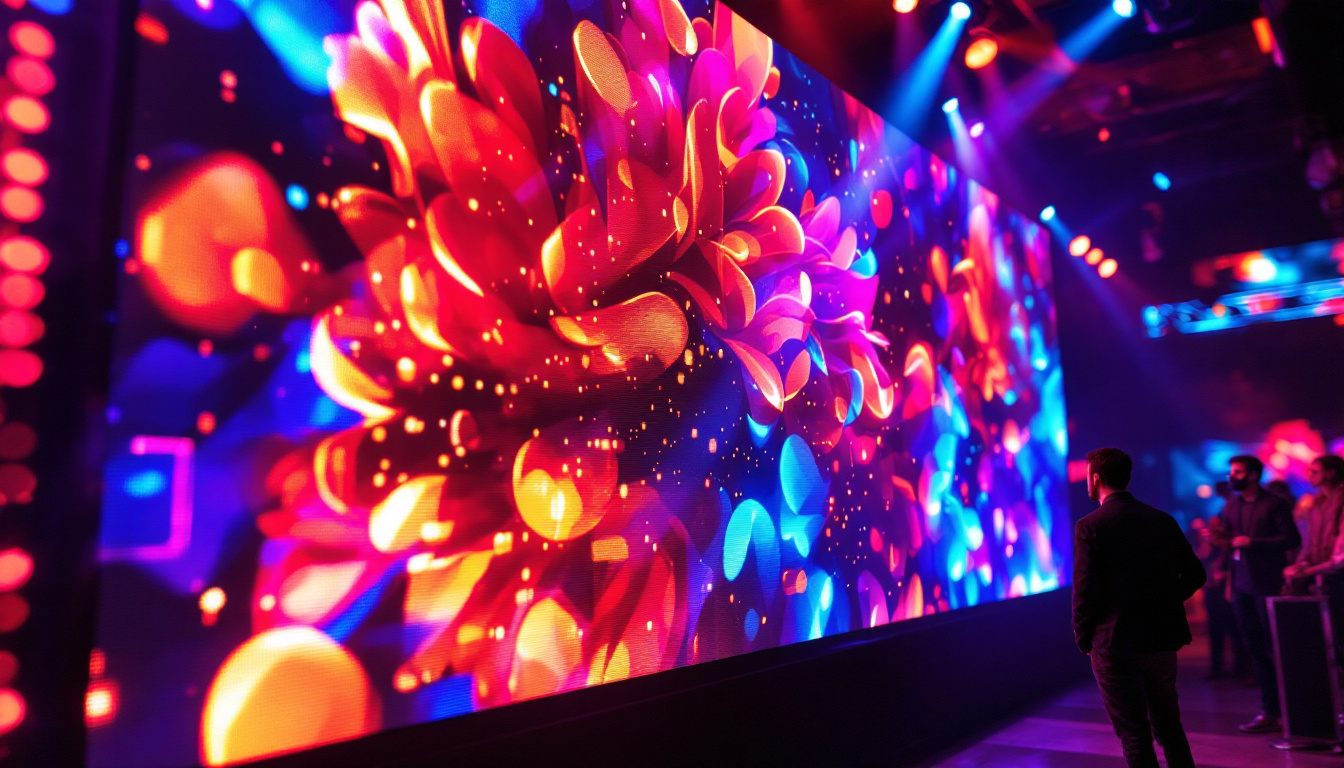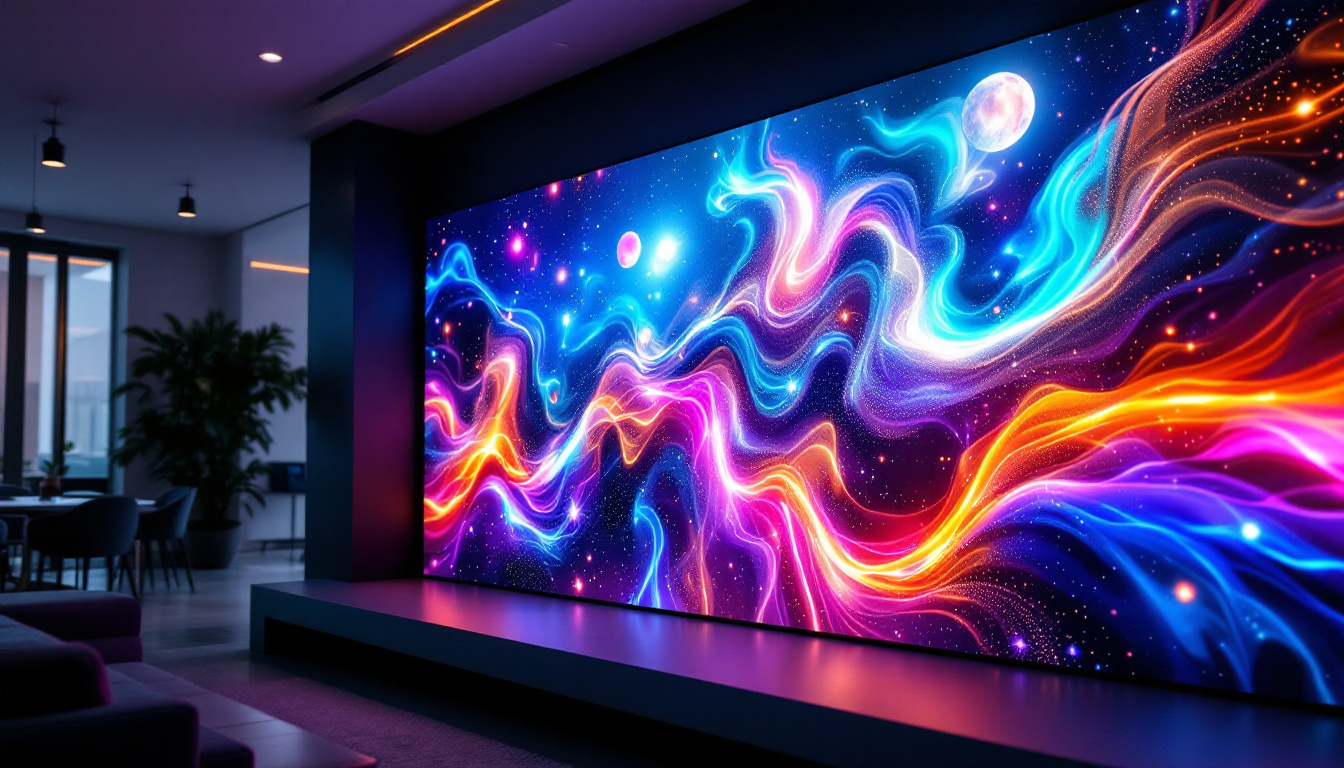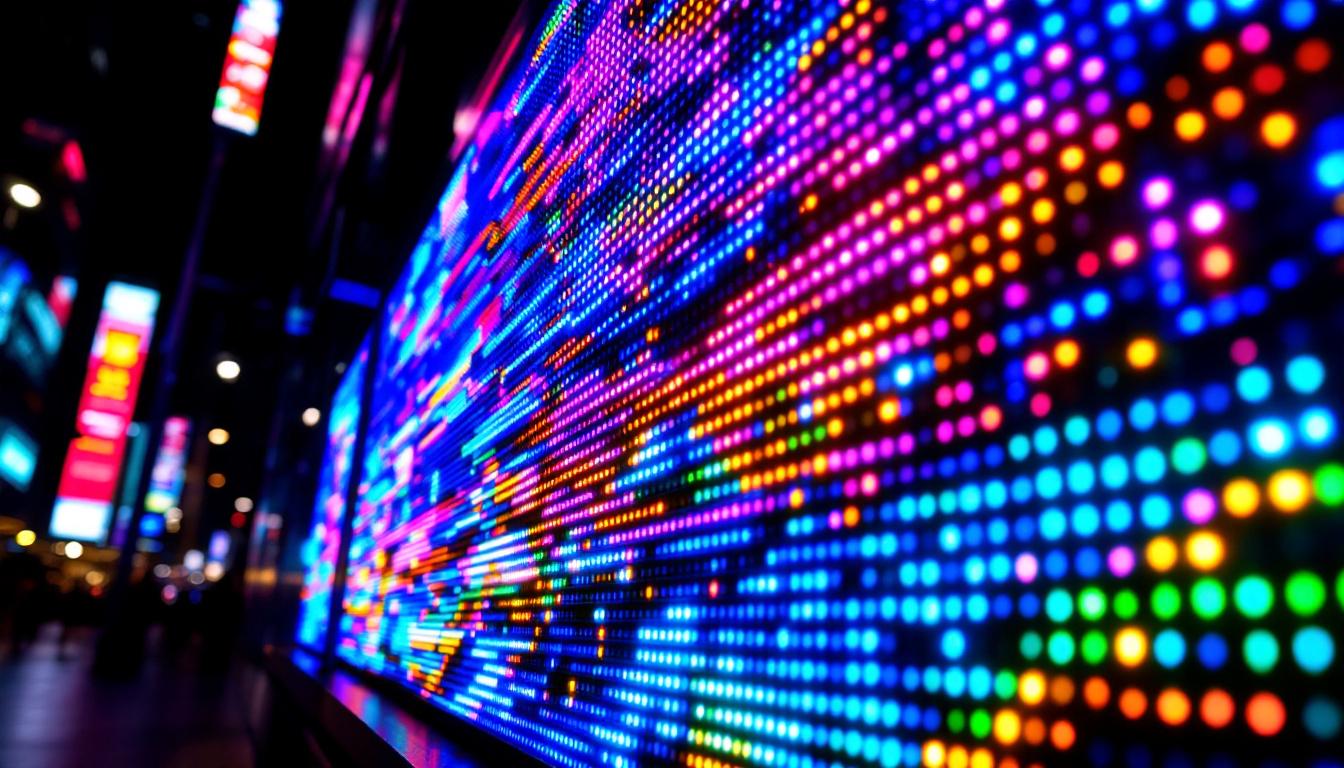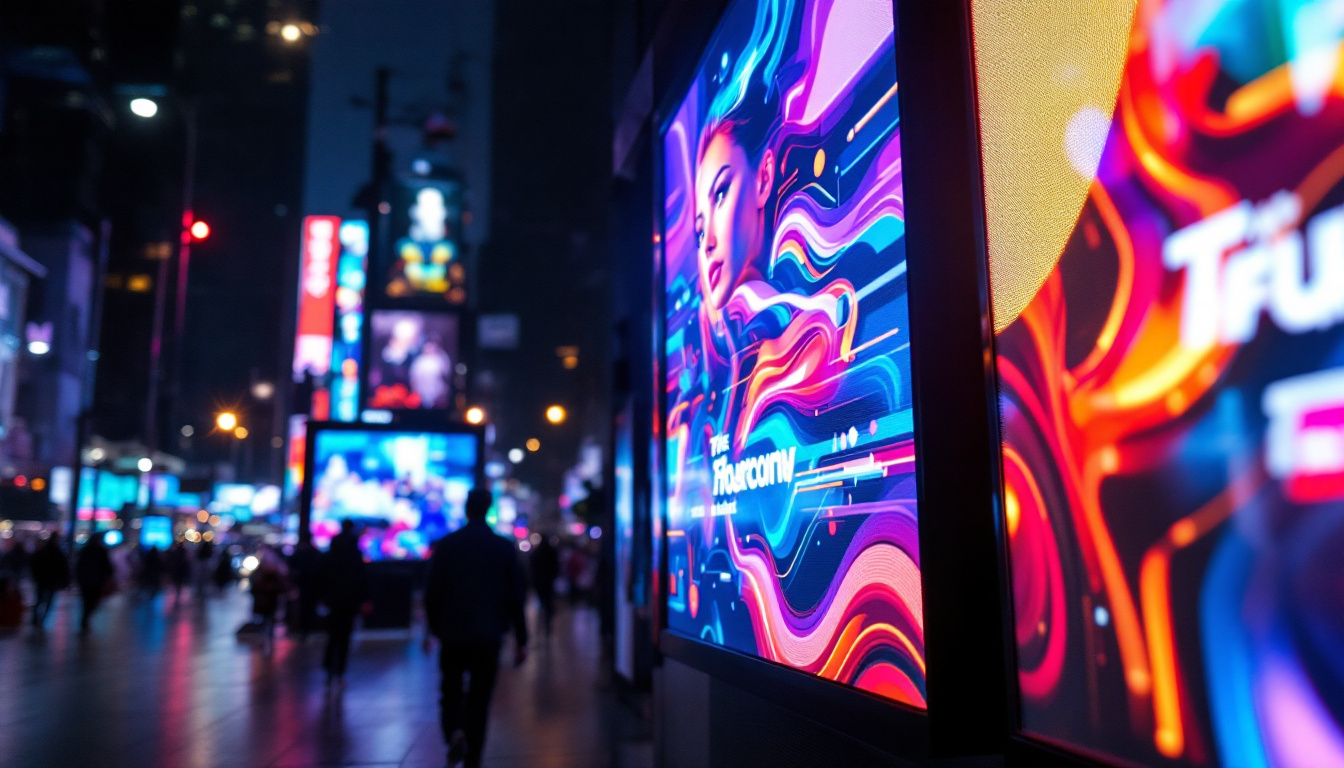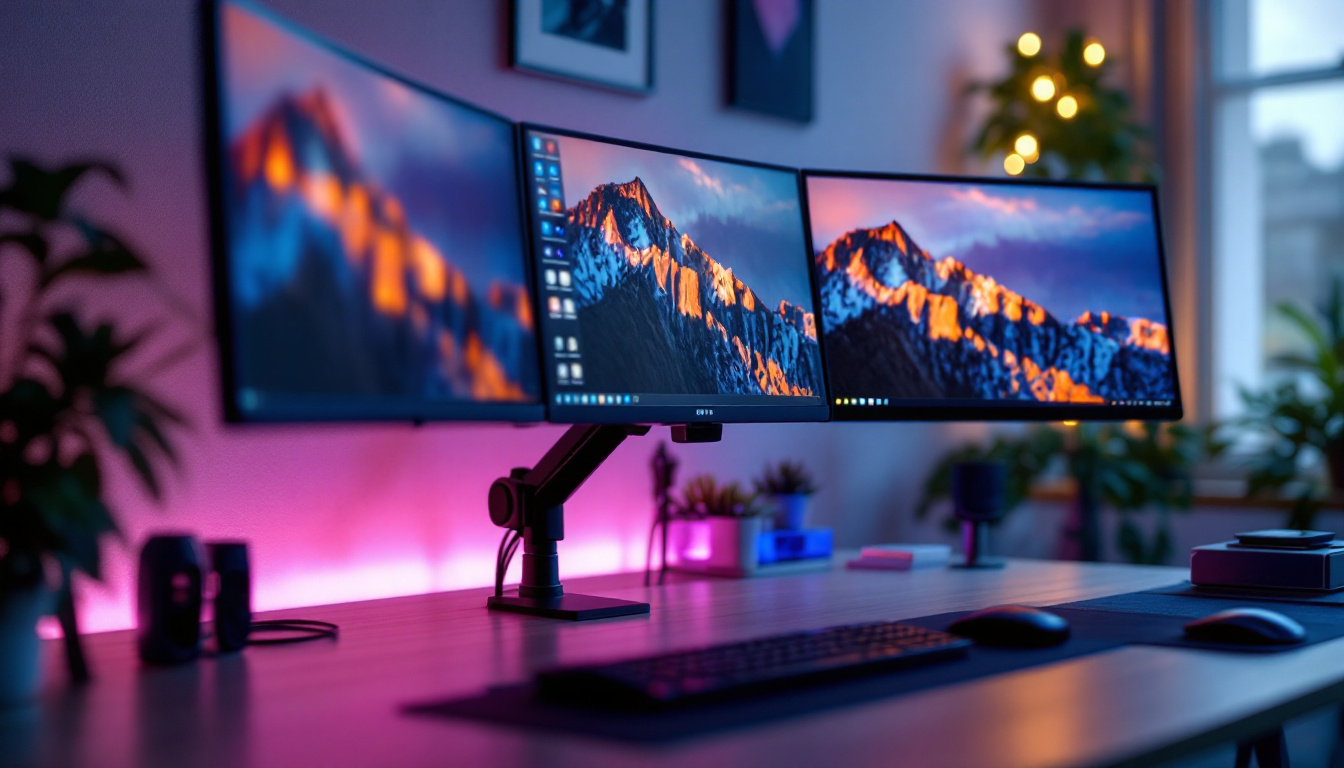In a world increasingly driven by technology, understanding measurements and conversions is essential, especially when dealing with displays and screens. One common conversion that often arises is from meters to inches. This article will delve into the specifics of converting 1.2 meters to inches and explore the implications for LED displays.
Understanding the Basics of Measurement Conversion
Measurement conversions are fundamental in various fields, from engineering to everyday tasks. The metric system, which includes meters, is widely used around the globe, while the imperial system, which includes inches, is predominantly used in the United States. This distinction often necessitates conversions, especially in industries that operate internationally. The ability to accurately convert measurements ensures that projects are completed efficiently and correctly, avoiding costly mistakes that can arise from miscalculations.
The Metric System vs. Imperial System
The metric system is based on units of ten, making it straightforward for calculations and conversions. In contrast, the imperial system can be less intuitive, as it relies on a variety of units that do not have a consistent base. For instance, one meter is equivalent to approximately 39.37 inches. This conversion factor is crucial for anyone working with dimensions in both systems. Moreover, the metric system’s simplicity allows for easier scaling; for example, converting kilometers to meters is as simple as multiplying by 1,000, whereas converting miles to feet requires a more complex calculation.
Why Convert Meters to Inches?
Conversions from meters to inches are particularly relevant in fields such as construction, design, and manufacturing. For example, an architect may need to convert the dimensions of a building from metric to imperial for a client in the U.S. Similarly, graphic designers often work with screen sizes that may be specified in different units. Understanding these conversions not only aids in communication between professionals but also ensures that the final product meets the required specifications. Additionally, in the realm of international trade, having a solid grasp of measurement conversions can facilitate smoother transactions and reduce misunderstandings over product dimensions.
Furthermore, the importance of measurement conversion extends beyond professional fields into everyday life. For instance, when traveling abroad, a tourist may need to convert kilometers to miles to better understand the distance between attractions. Cooking is another area where conversions are frequently necessary; a recipe may call for ingredients measured in grams, while a home cook may prefer to use ounces or cups. Such conversions can enhance the cooking experience, allowing individuals to recreate authentic dishes from different cultures with ease. As global interaction continues to increase, the ability to navigate between different measurement systems becomes an invaluable skill for everyone.
The Conversion Process: 1.2 Meters to Inches
To convert 1.2 meters to inches, one can utilize the conversion factor mentioned earlier. The formula is straightforward: multiply the number of meters by 39.37. Therefore, the calculation for 1.2 meters would be as follows:
1.2 meters × 39.37 inches/meter = 47.244 inches
This means that 1.2 meters is equivalent to approximately 47.24 inches. Understanding this conversion is vital, especially when dealing with LED displays, which often specify dimensions in inches.
Practical Applications of the Conversion
In practical terms, knowing that 1.2 meters equals about 47.24 inches can help in selecting the right size for an LED display. For instance, a display that is 1.2 meters wide may be used in a retail setting, where the dimensions need to be communicated in inches to fit standard mounting brackets or display cases. Additionally, this conversion is crucial in various fields such as architecture and interior design, where precise measurements are necessary to ensure that furniture and fixtures fit appropriately within a given space.
Moreover, in the realm of sports, understanding metric to imperial conversions can be particularly important. For example, in track and field events, athletes and coaches often need to convert distances for training regimens or competition specifications. A pole vaulting pole that is 1.2 meters long, when converted to inches, provides a clearer understanding for coaches who may be more accustomed to working with imperial measurements. This knowledge can enhance communication and improve the overall training experience.
Tools for Conversion
While manual calculations are helpful, various online tools and calculators can facilitate quick conversions. These tools can save time and reduce the risk of errors, especially in professional settings where precision is critical. However, understanding the underlying conversion process remains essential for verifying results. Many smartphone applications also offer convenient conversion features, allowing users to convert measurements on-the-go, which is particularly useful for travelers or professionals working in international contexts.
In addition to digital tools, traditional conversion charts can be handy references for those who prefer a tactile approach. These charts can be printed and kept in workspaces or classrooms, serving as a quick reference for students and professionals alike. Whether using technology or traditional methods, having a reliable means of conversion ensures that measurements are accurate and appropriately applied across various disciplines.
LED Displays: An Overview
LED displays have become ubiquitous in modern technology, utilized in everything from televisions to billboards. Their popularity stems from their energy efficiency, brightness, and versatility. Understanding the specifications of LED displays, including their dimensions, is crucial for optimal use.
Types of LED Displays
There are several types of LED displays, each serving different purposes. Common types include:
- Direct View LED Displays: These are used in large outdoor screens and billboards, providing high brightness and visibility.
- LED TVs: Found in homes and offices, these displays offer high-definition visuals and are available in various sizes.
- LED Backlit Displays: These are commonly used in computer monitors and laptops, enhancing color accuracy and contrast.
Importance of Size in LED Displays
The size of an LED display significantly affects its application and effectiveness. For instance, larger displays are ideal for outdoor advertising, where visibility from a distance is crucial. Conversely, smaller displays may be more suitable for personal or professional use in confined spaces.
When selecting an LED display, dimensions must be carefully considered, particularly if the available space is limited. Knowing how to convert measurements from meters to inches helps ensure that the chosen display fits perfectly within the intended area.
Choosing the Right LED Display Size
choosing the right LED display size involves several factors, including viewing distance, resolution, and the environment in which it will be used. Each of these elements plays a critical role in determining the most suitable display dimensions.
Viewing Distance and Size
The optimal size of an LED display is often dictated by how far away viewers will be. For instance, a display intended for close viewing, such as in a conference room, may require a higher pixel density and smaller size. Conversely, displays meant for large audiences, like those in stadiums, can be larger with lower pixel density, as viewers will be farther away.
Resolution Considerations
Resolution is another critical factor when selecting an LED display. Higher resolutions provide clearer images, which is particularly important for detailed graphics or videos. When converting sizes, it is essential to consider how the resolution will impact the overall viewing experience. A larger display with lower resolution may appear pixelated, while a smaller display with higher resolution may provide a sharper image.
Installation and Mounting of LED Displays
Once the appropriate size of an LED display has been determined, the next step is installation. Proper mounting is essential to ensure the display functions effectively and safely. This process can vary significantly depending on the type of display and its intended use.
Mounting Options
There are several mounting options available for LED displays, including:
- Wall Mounts: Ideal for fixed installations, wall mounts are commonly used in homes and offices.
- Ceiling Mounts: These are suitable for displays in retail environments or public spaces where wall space is limited.
- Mobile Stands: For temporary displays, mobile stands provide flexibility and ease of movement.
Safety Considerations
Safety is paramount when installing LED displays. Proper mounting ensures that the display is secure and reduces the risk of accidents. It is advisable to consult with professionals during installation, especially for larger displays that may require specialized equipment or expertise.
Maintaining LED Displays
Once installed, maintaining an LED display is crucial for ensuring its longevity and performance. Regular maintenance can prevent issues and extend the life of the display, making it a worthwhile investment.
Routine Cleaning
Dust and dirt can accumulate on LED displays, affecting their brightness and clarity. Routine cleaning with appropriate materials is essential to keep the display in optimal condition. It is advisable to use microfiber cloths and specialized cleaning solutions to avoid damaging the screen.
Regular Updates and Calibration
For displays that are used for digital signage, regular updates to content are necessary to keep the information current and relevant. Additionally, periodic calibration may be required to ensure color accuracy and brightness levels are maintained over time.
The Future of LED Displays
The technology behind LED displays continues to evolve, with advancements leading to even more efficient and versatile options. As the demand for high-quality visual displays grows, innovations in design and functionality are expected to follow.
Emerging Technologies
New technologies, such as microLED and OLED, are making waves in the display industry. These technologies promise improved color accuracy, thinner profiles, and enhanced energy efficiency. As these advancements become more mainstream, they will likely influence the future of LED displays.
Environmental Considerations
As sustainability becomes a priority across industries, the LED display sector is also adapting. Manufacturers are increasingly focusing on creating energy-efficient displays and utilizing recyclable materials. This shift not only benefits the environment but can also reduce operational costs for businesses.
Conclusion
Understanding the conversion from 1.2 meters to inches is just one aspect of working with LED displays. From selecting the right size to ensuring proper installation and maintenance, various factors must be considered to maximize the effectiveness of these technologies. As the industry continues to evolve, staying informed about advancements will be crucial for making informed decisions in the future.
Ultimately, whether for personal use or professional applications, a solid grasp of measurements and display technology will enhance the overall experience and effectiveness of LED displays.
Explore Cutting-Edge LED Display Solutions
Ready to transform your space with the ultimate visual experience? Look no further than LumenMatrix, your premier source for innovative LED display technology. Whether you’re in need of an Indoor LED Wall Display for your corporate headquarters, an Outdoor LED Wall Display for impactful advertising, or any of our specialized solutions like Vehicle LED Displays, LED Sports Displays, and even Custom LED Displays, LumenMatrix has you covered. Elevate your brand’s presence and captivate your audience with our state-of-the-art LED solutions. Check out LumenMatrix LED Display Solutions today and see your vision come to life in vivid detail.


